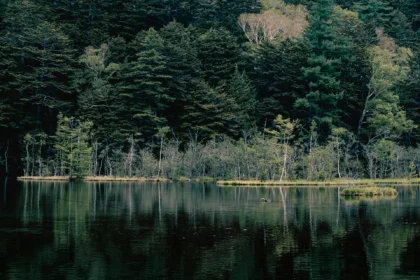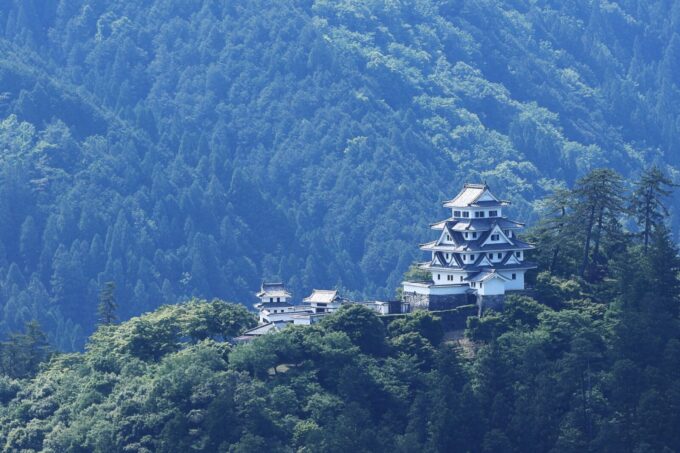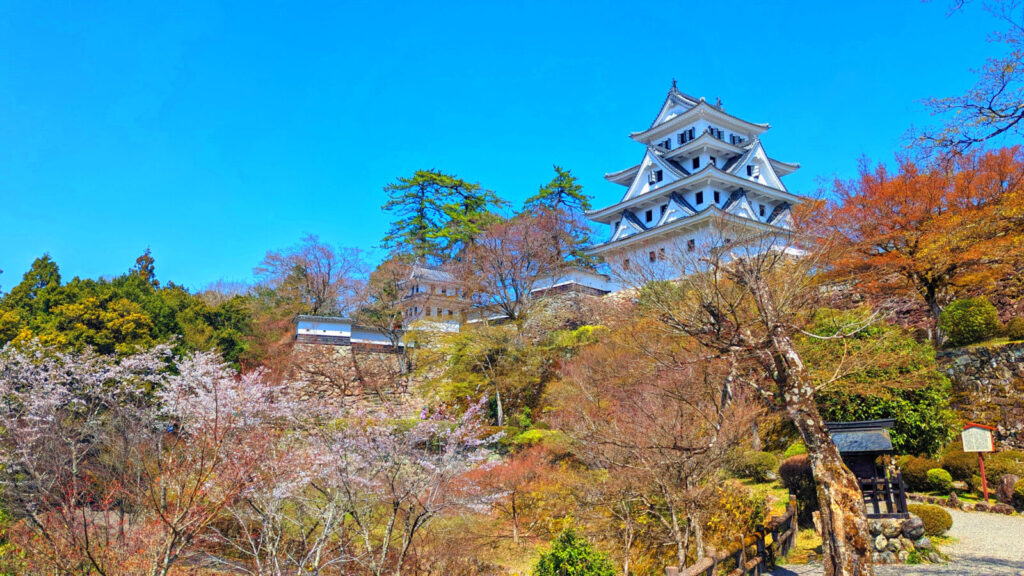
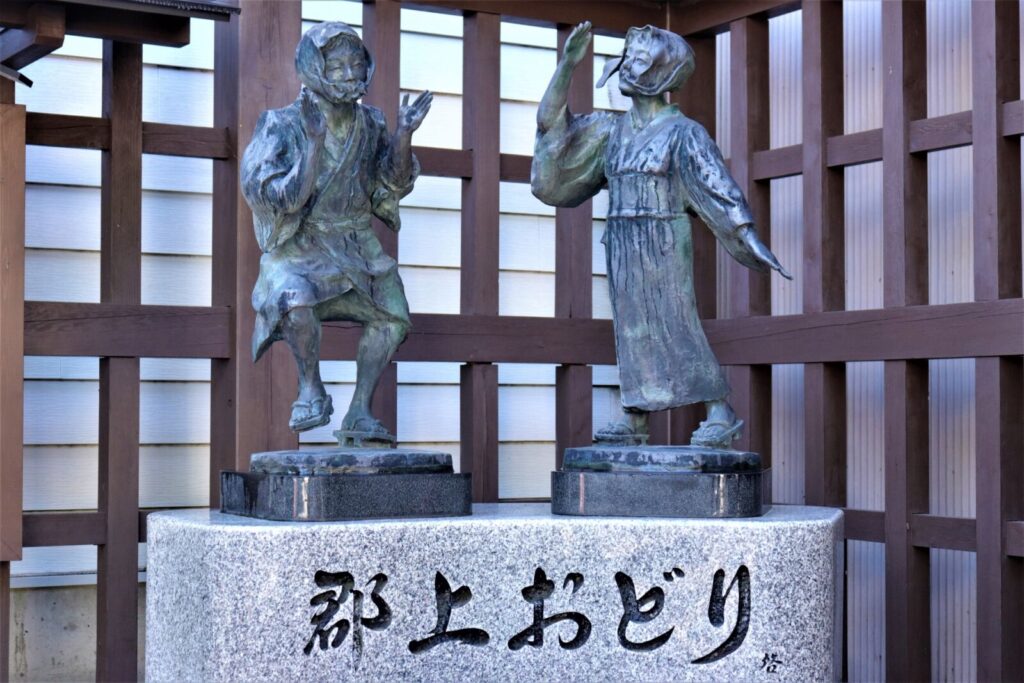
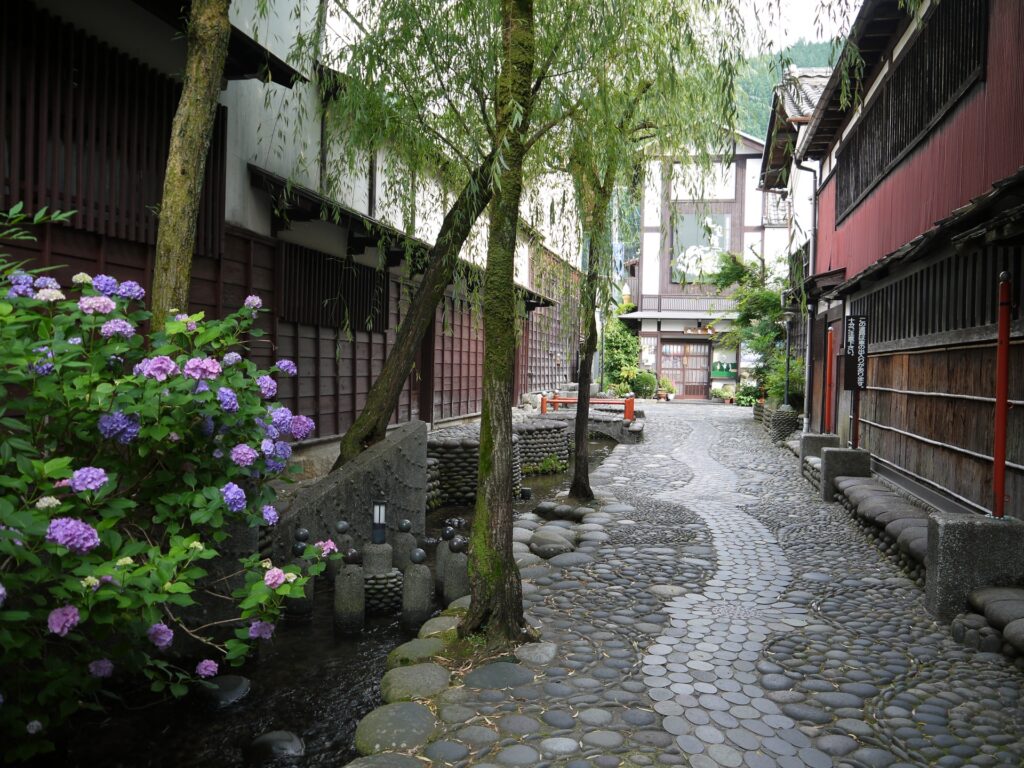
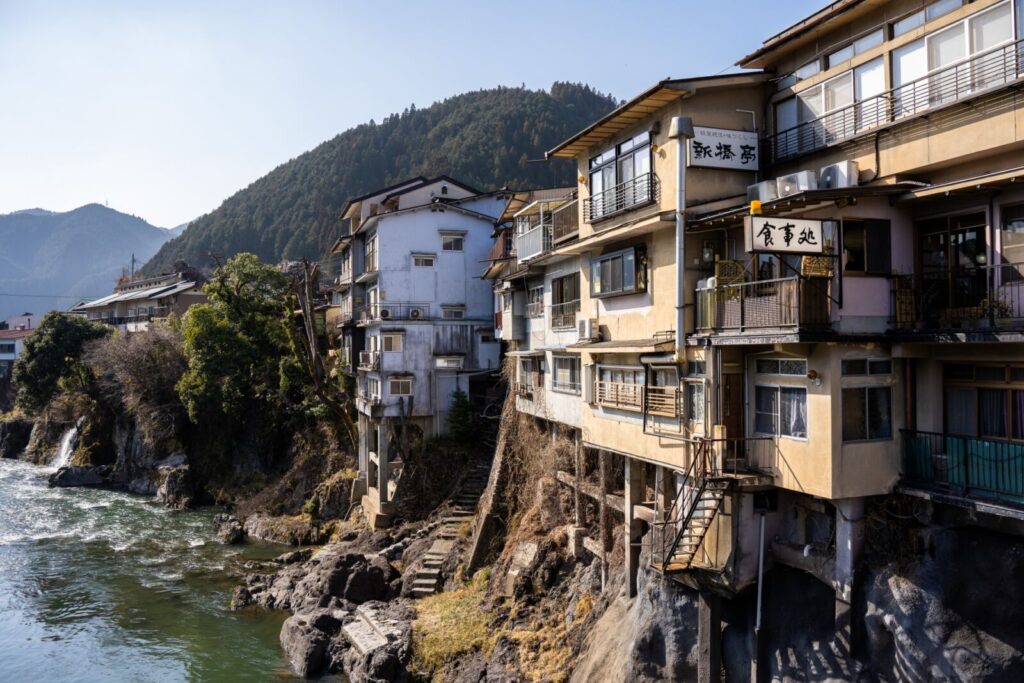
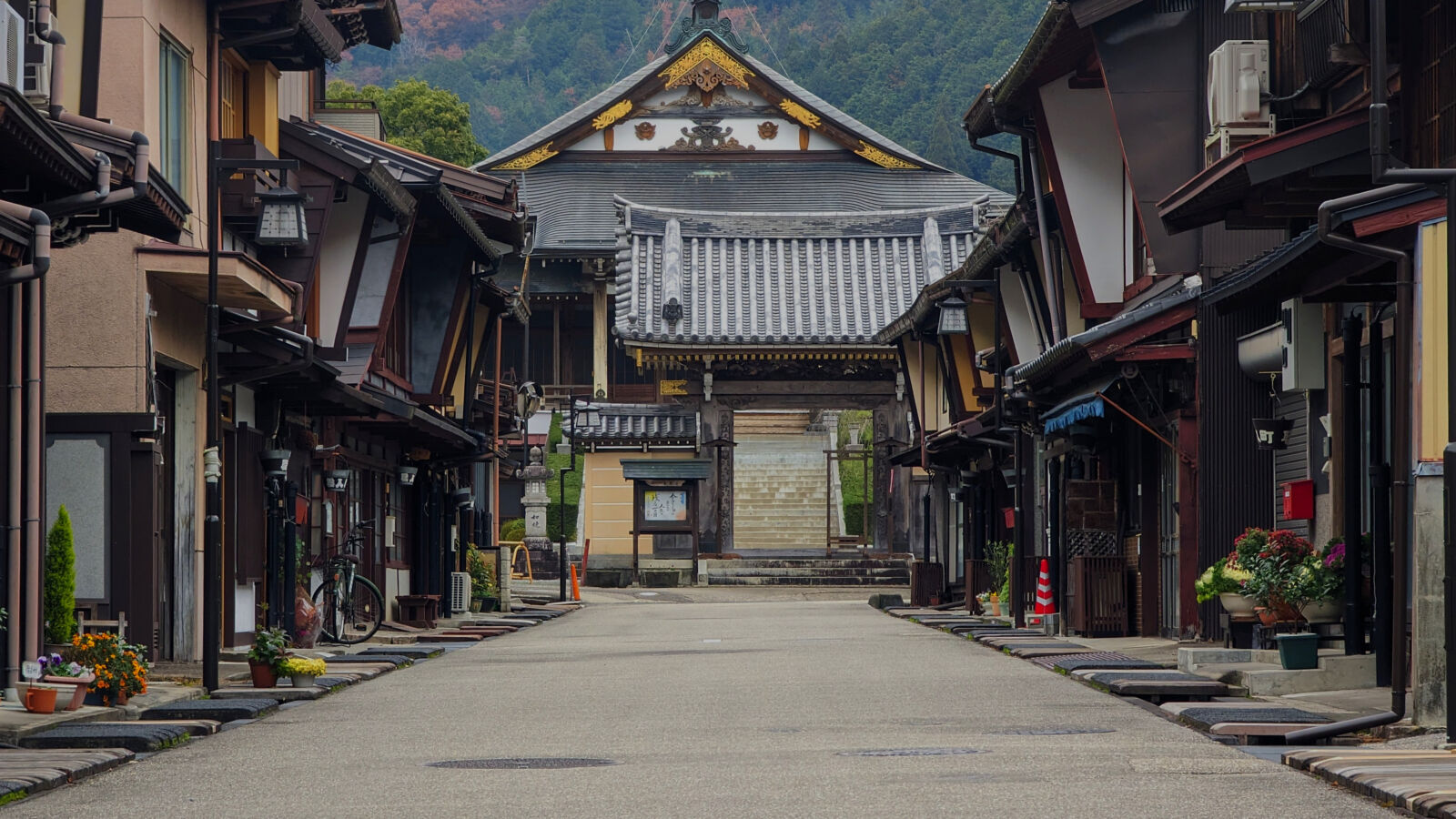
Gujo Hachiman Castle: A Storied Past
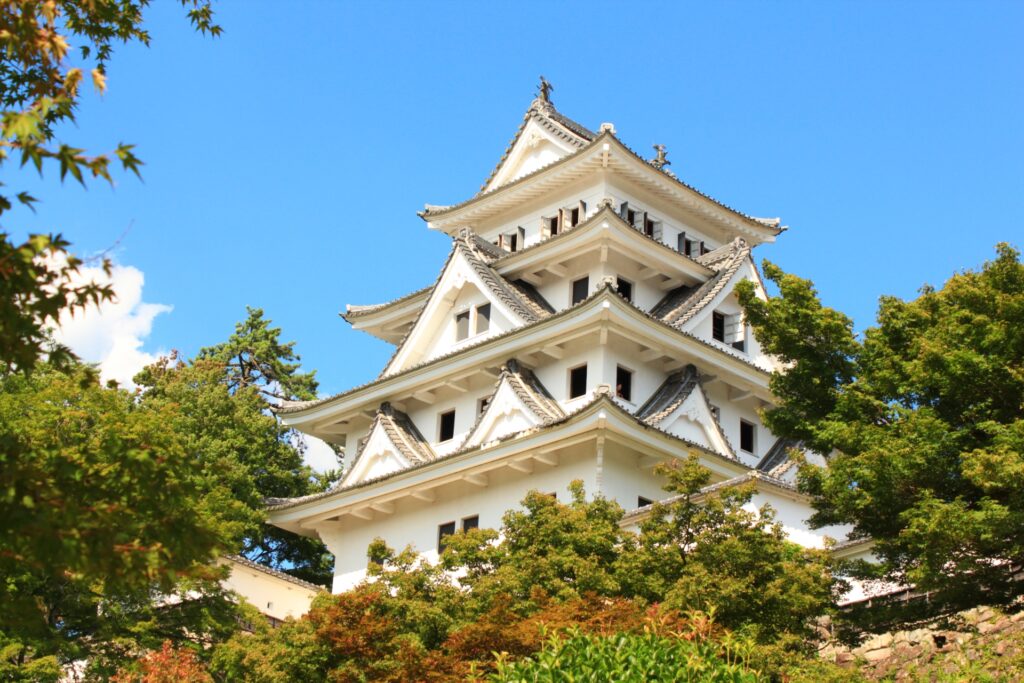
Gujo Hachiman Castle, perched majestically above the town, is a cornerstone of Gujo Hachiman's heritage. Erected in the 16th century, it has significantly shaped the town's history and identity. Despite being reconstructed in the 20th century to preserve its grandeur, the castle retains its historical ambiance and architectural integrity, symbolizing the town's resilience and continuous link to its past. Today, renowned as one of Japan's most beautiful mountain castles, Gujo Hachiman Castle offers visitors not only breathtaking views but also a unique opportunity to step back into Japan's feudal era. Its enduring beauty and strategic significance underscore Gujo Hachiman's status as a historic castle town, attracting those eager to explore its legacy and revel in the spectacular scenery it commands.
Cultural Richness and Living Waters of Gujo
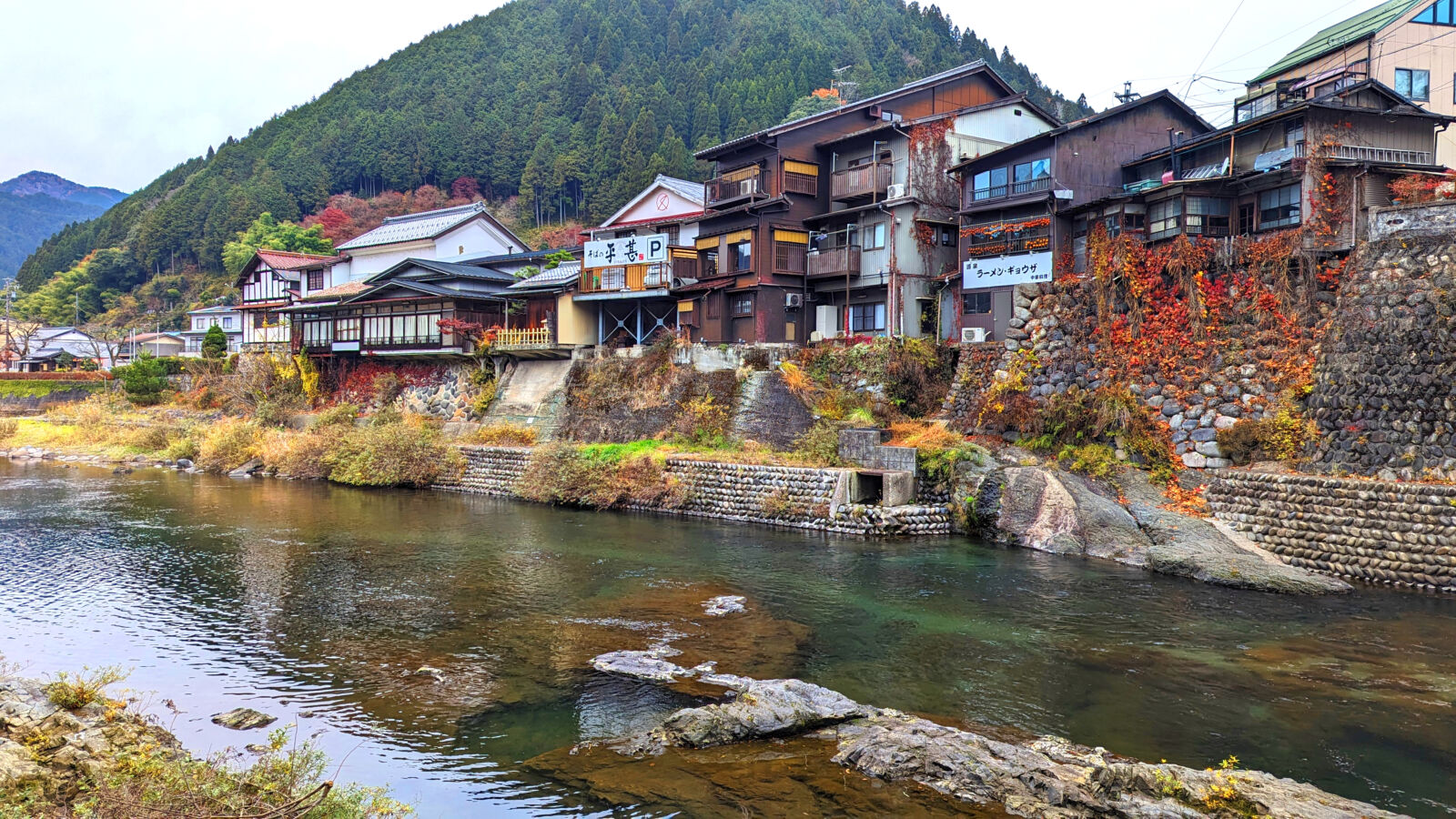

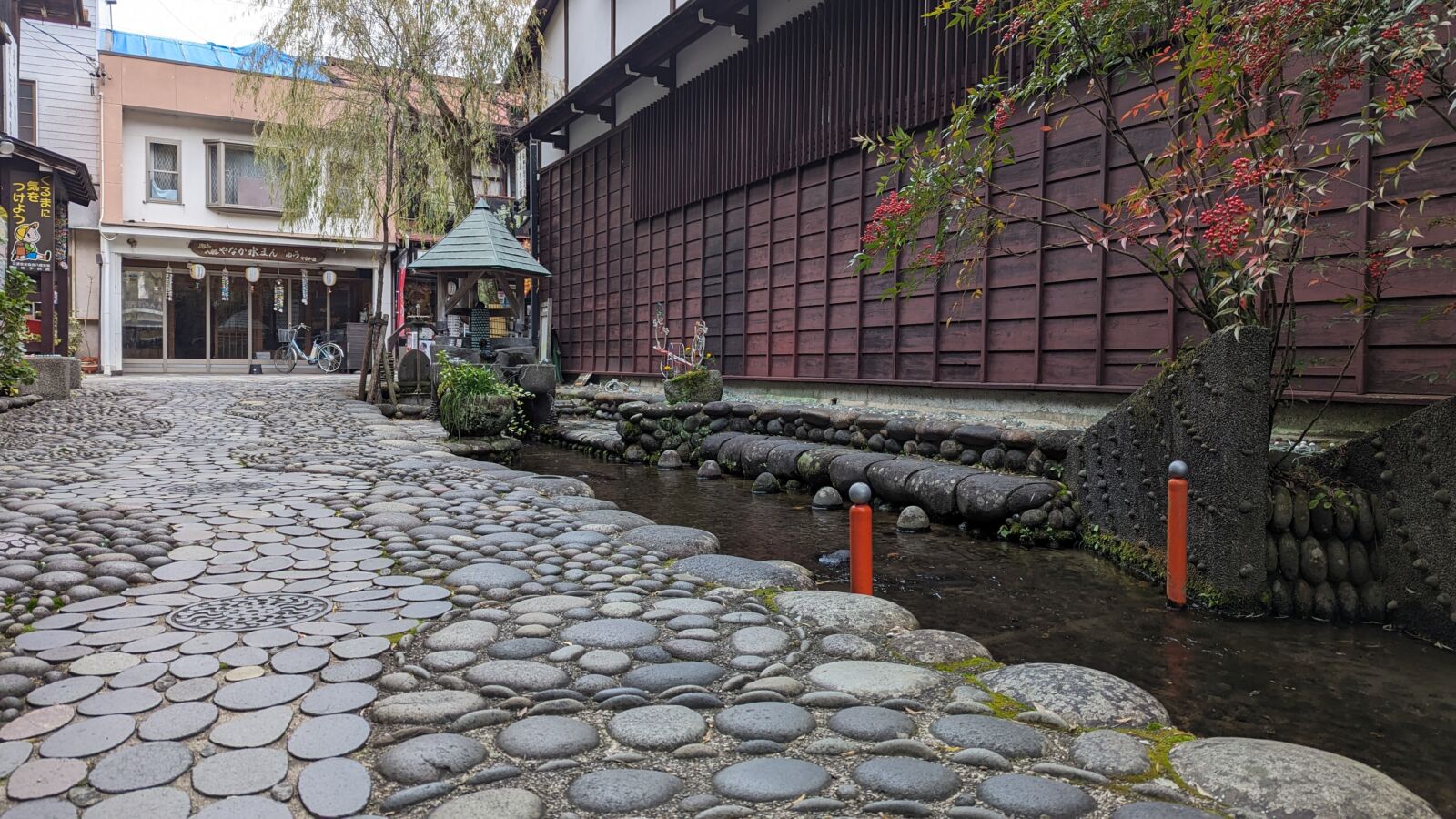
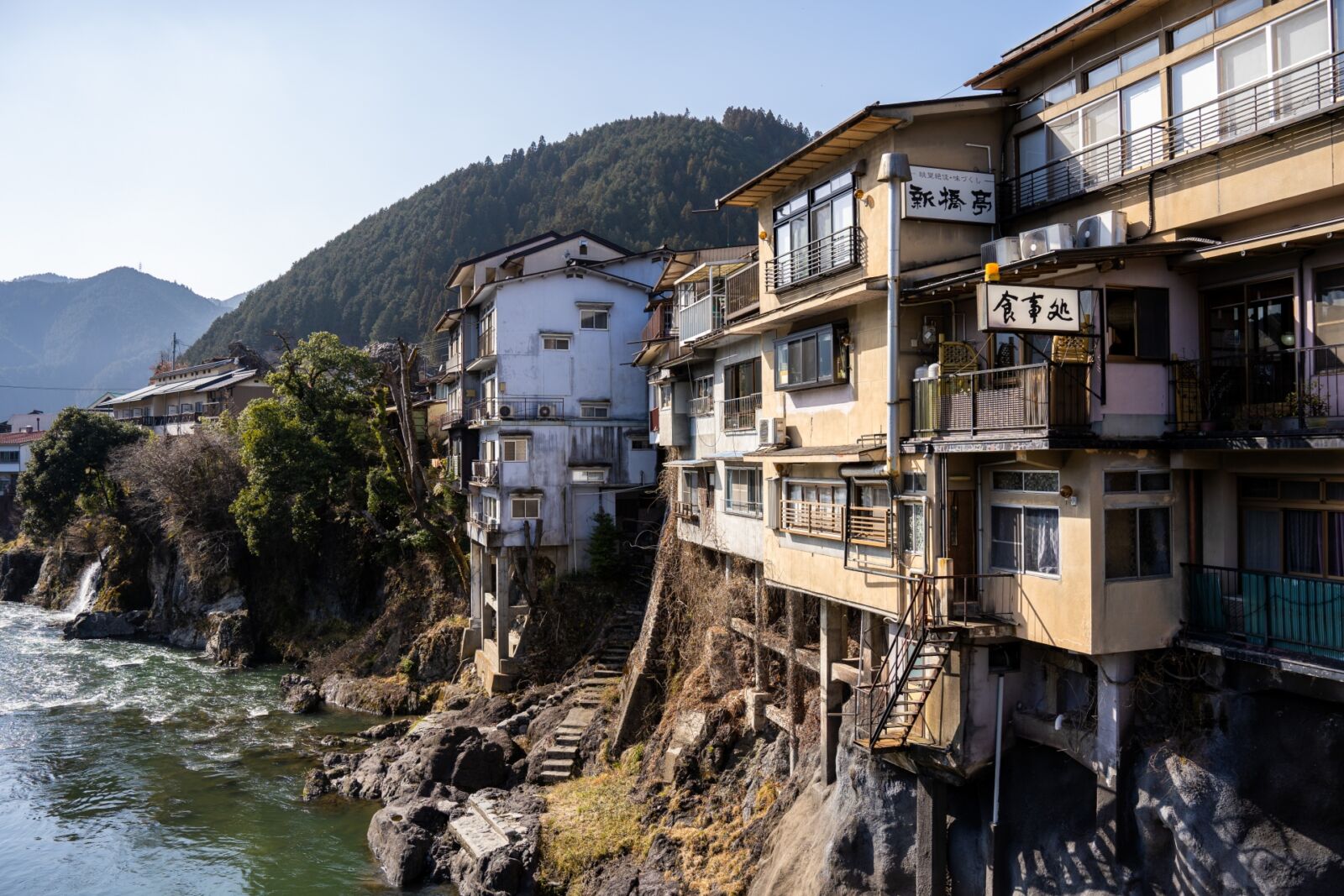
Gujo Hachiman's heart beats to the rhythm of the Gujo Odori dance festival, an illustrious event that has woven the community together for over four centuries. Celebrated for its exuberant dances that last through the night, especially during the Obon season, the festival offers a mesmerizing insight into Japan's enduring traditions and communal spirit. This vibrant celebration is a profound expression of Gujo's cultural identity, inviting everyone to partake in the joyous revelry and connect with the town's rich historical tapestry.
The town's character is also embodied by its clear, flowing waterways, essential to both its heritage and daily life. These streams and canals, integral for historical defense and utility, now symbolize Gujo's commitment to nature and tradition. Observing or interacting with these waters offers a direct link to Gujo's past, highlighting a sustainable relationship with the natural environment.
Artisanal Craftsmanship
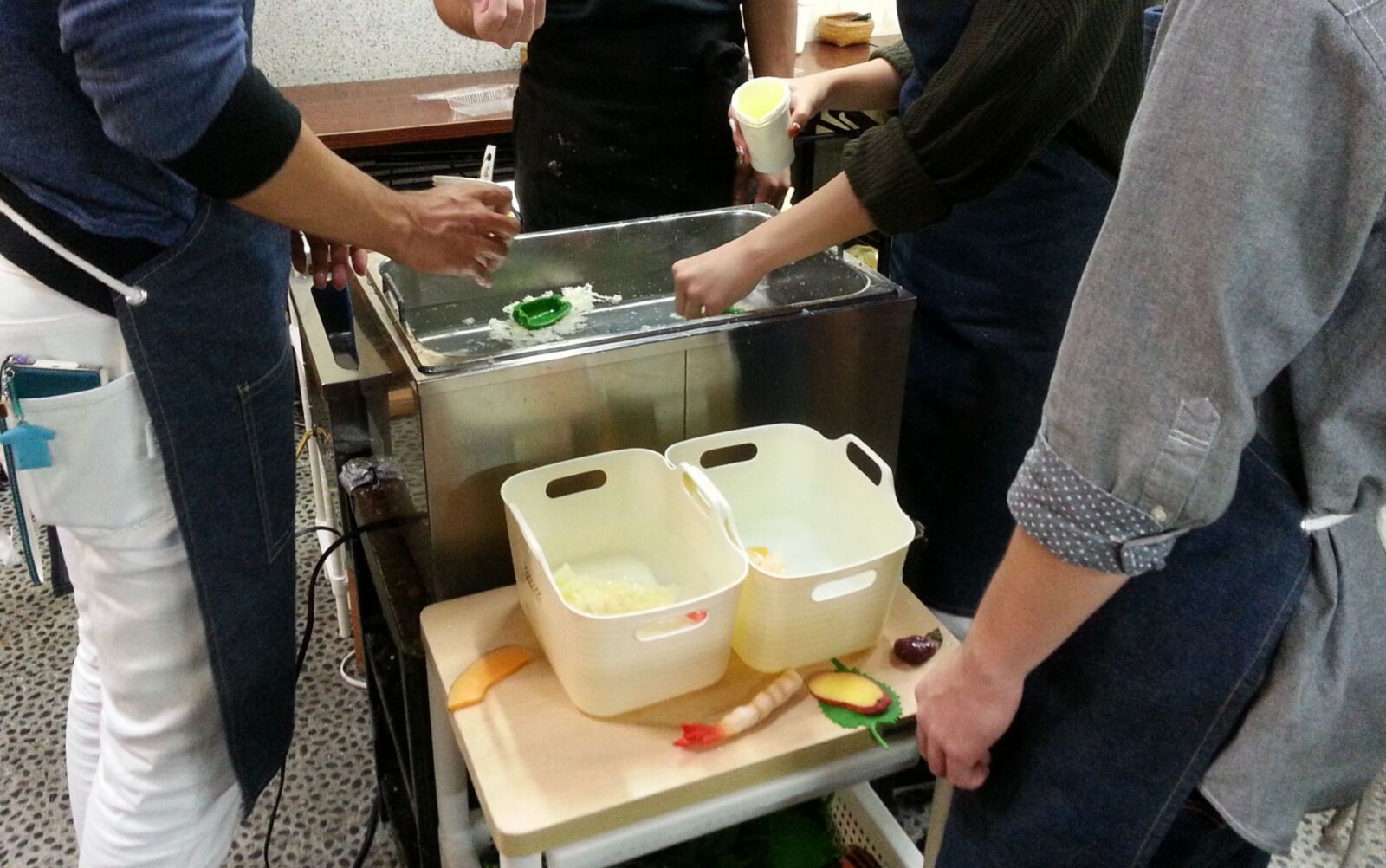
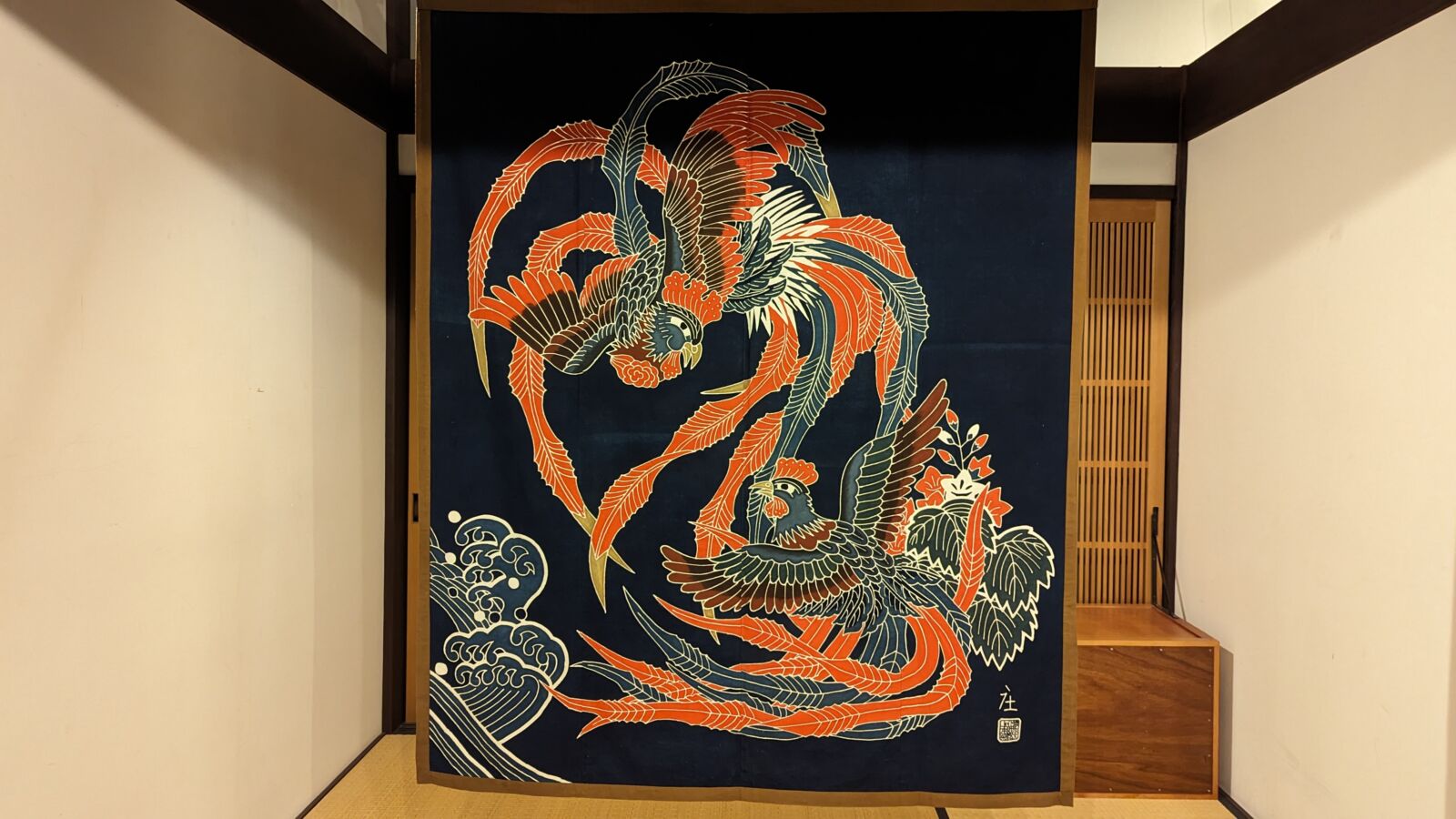
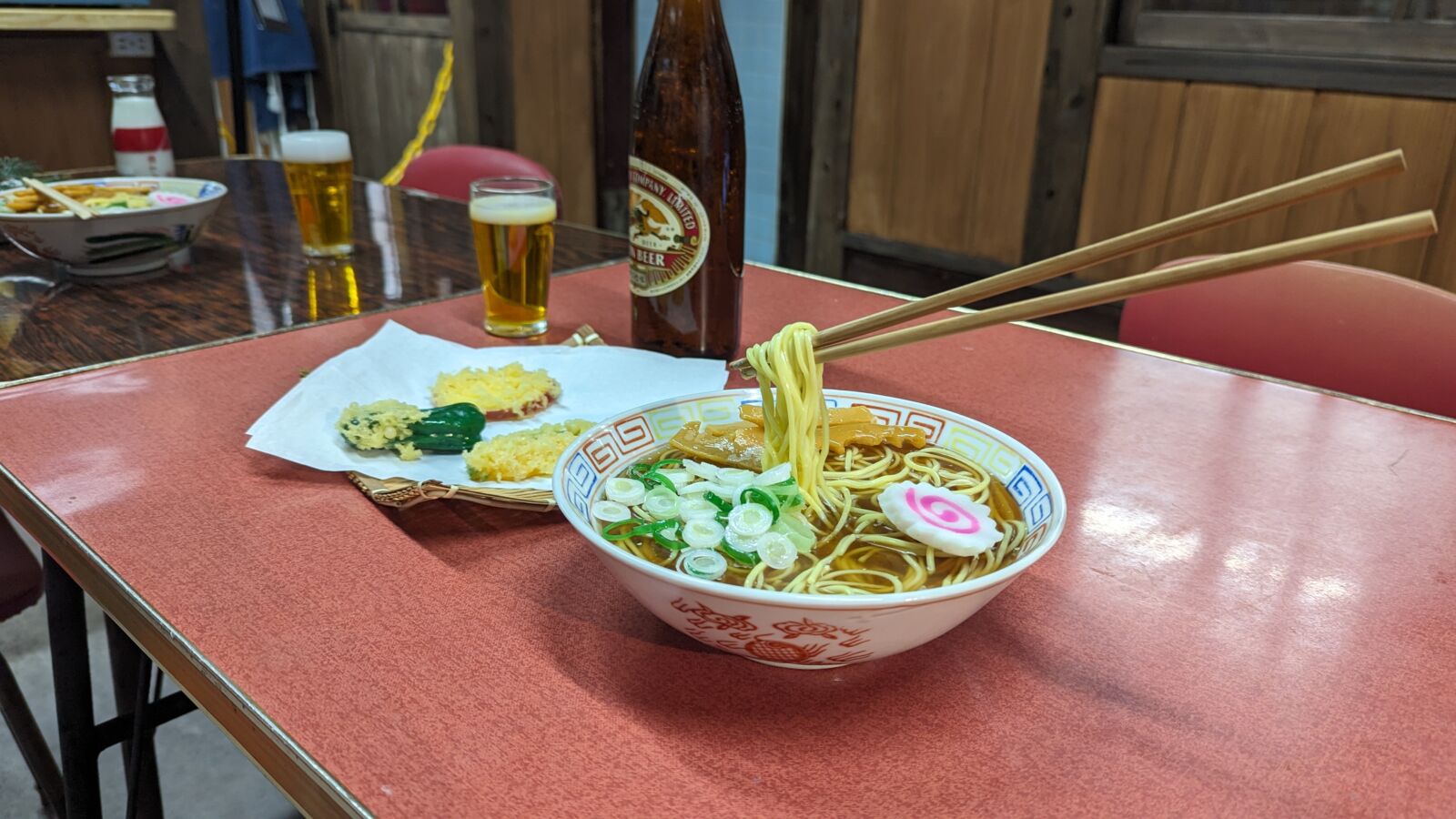
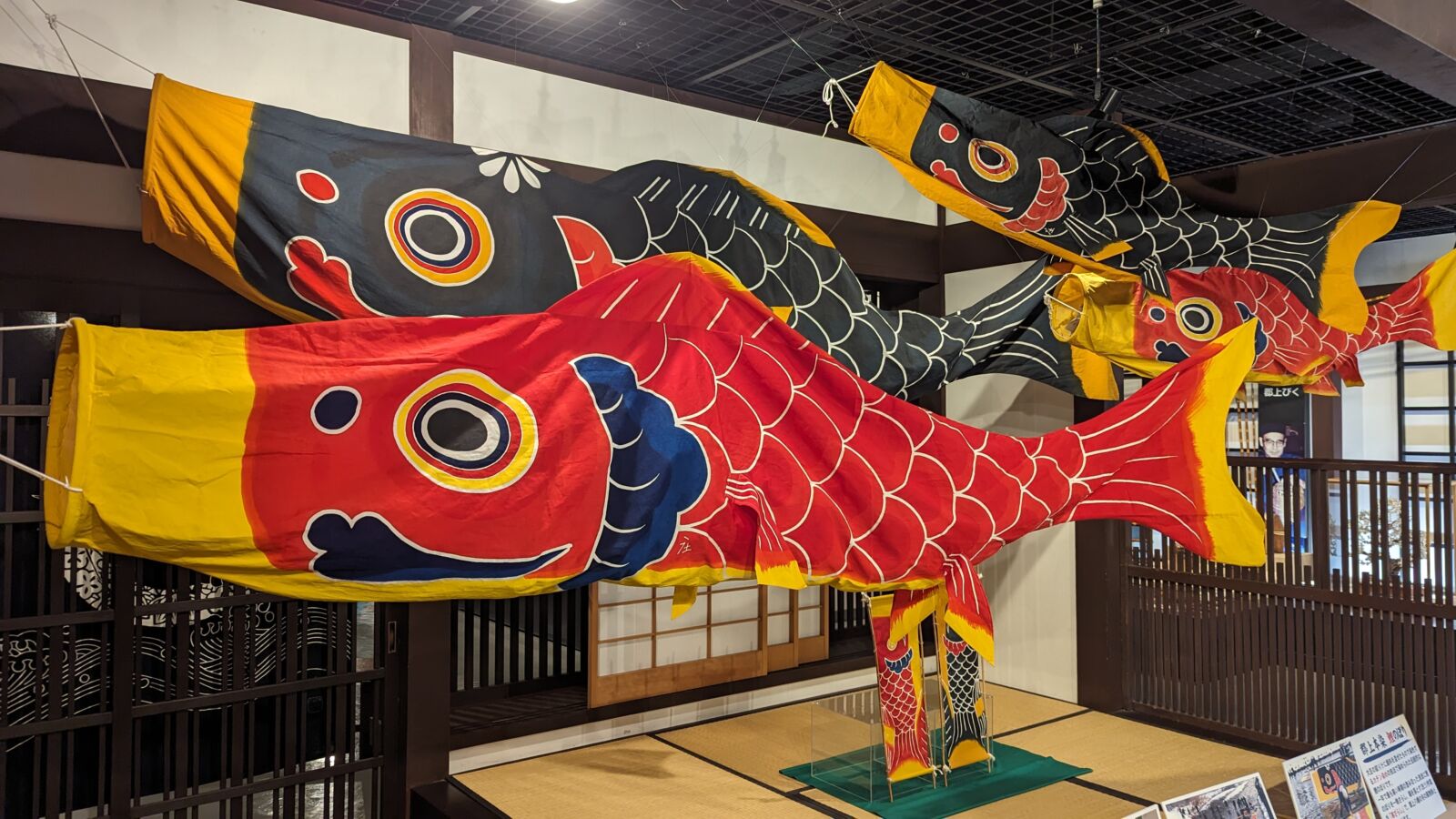
Gujo Hachiman is a haven for artisans and gourmands alike, celebrated for its distinctive craftsmanship and delectable cuisine. The town takes pride in its food replica artistry, a unique craft that attracts enthusiasts keen to explore this meticulous art form. Visitors have the opportunity to delve into workshops, creating lifelike wax food samples, emblematic of Japan's culinary aesthetics. Gujo is also celebrated for its traditional fabric dyeing techniques, particularly indigo dyeing, which has been preserved by local artisans for generations. Visitors can witness the detailed process of creating beautiful, intricate patterns on fabric, an art that captures the essence of Gujo's artistic heritage.
Plan Your Visit: Discover Gujo's Timeless Charm
Embark on a journey to Gujo Hachiman and discover a town where tradition and nature blend harmoniously. Whether you're drawn by the allure of artisanal crafts, the taste of authentic local cuisine, or the serene beauty of its waterways, Gujo offers a palette of experiences to enchant every visitor.
How to get there:
By Train:
--From Takayama: There's no direct train line. But it is possible to catch the JR Limited Express train to Mino-Ota Station and transfer to the Nagaragawa Railway for Gujo-Hachiman. (Would recommend travelling by bus)
--From Nagoya: Take a train to Mino-Ota Station and transfer to the Nagaragawa Railway for Gujo-Hachiman. The total journey takes about 2 to 2.5 hours.
By Bus:
--From Takayama: Direct buses connect Takayama and Gujo-Hachiman, offering scenic views along the way.
--From Nagoya: Direct highway buses are available from Nagoya (Meitetsu Bus Center) to Gujo-Hachiman, taking about 2 hours. This can be more convenient than the train and drops you closer to the town center.
By Car:
--Gujo-Hachiman is accessible via the Tokai-Hokuriku Expressway. Exiting at Gujo-Hachiman IC puts you close to the town center. The drive from Nagoya takes about 1.5 to 2 hours, while from Takayama, it's about 1 to 1.5 hours, depending on traffic and weather conditions.
Planning your journey to Gujo Hachiman in advance allows you to immerse fully in the town's enchanting ambiance and rich cultural heritage. While there are public transport options available from Takayama, choosing one of our expertly crafted tours ensures a stress-free experience, allowing you to delve deeper into Gujo Hachiman's history and traditions without the inconvenience of navigating on your own. Discover our selection of tours below and find the ideal addition to your exploration of this timeless Japanese treasure.
JOIN US ON OUR GUJO HACHIMAN TOUR
Gujo Hachiman -History, Traditions and Crafts
Discover the charm of Gujo Hachiman, where history and craftsmanship converge against a backdrop of stunning natural beauty. Marvel at the Gujo Hachiman Castle, celebrated for its architectural splendor and panoramic vistas. Immerse yourself in the town's vibrant culture the Gujo Odori dance festival at the Gujo-Hachiman Museum, an emblem of communal spirit and tradition. Experience the meticulous art of food replica crafting, a testament to Japanese culinary detail. Savor local flavors and partake in the festive atmosphere, capturing the essence of Gujo's rich heritage and welcoming community.
1-Day Tour from Takayama: Gujo Hachiman -History, Traditions and Crafts
- Spots:
- Pick-up:
- Drop-off:














